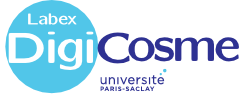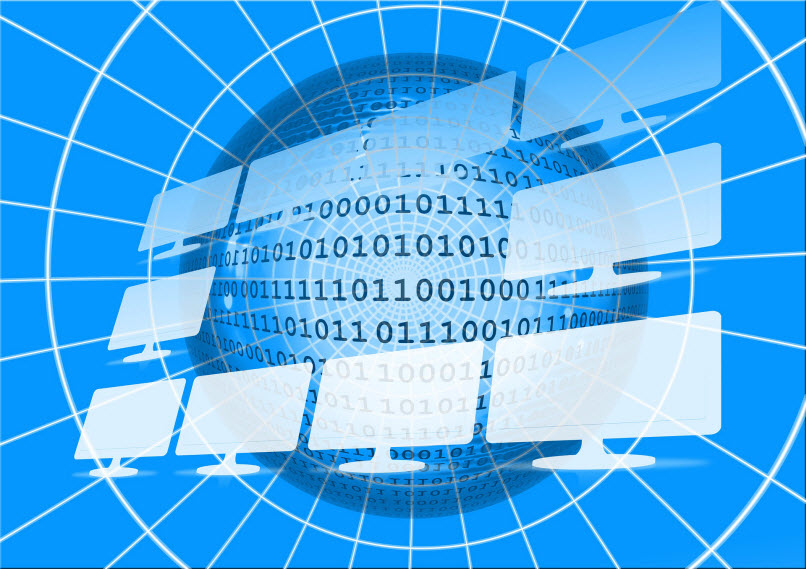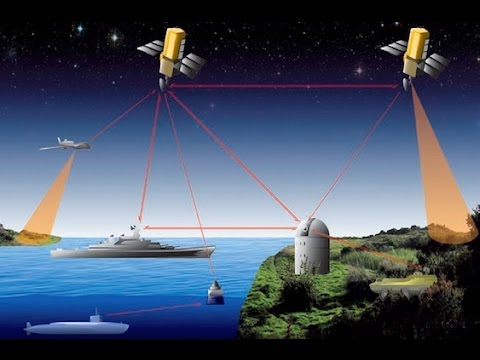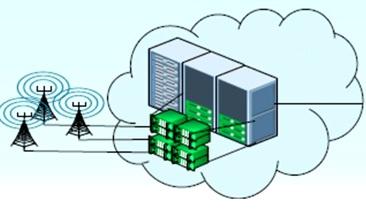SCIENTIFIC PROGRAMME
Detailed programme| Tuesday (morning) |
| Wednesday (morning) |
| Thursday (morning) |
|
Friday (morning)
|
| Tuesday (afternoon) |
| Wednesday (afternoon) |
|
Thursday (afternoon)
Visit of NOKIA |
|
Friday (afternoon)
Entrepreneurship 
CEOs
|
Thursday evening, the dinner will take place on the barge "CAPITAINE FRACASSE". Boarding time is 8h15 p.m. and departure time is 8h45 p.m. The boat is moored at "l'Ile aux Cygnes" (75015 PARIS), near the Eiffel Tower. 5G (Speaker: Angel Lozano) The talk will expose latest developments in the exciting field of 5G. Codes for Distributed Storage (Speaker: Vijay Kumar) Error-correcting codes in distributed storage are forced to address a new challenge, namely that of recovery of of one or more individual symbols of a codeword as opposed to the customary recovery of the entire codeword. This is because in a storage system, different code symbols are stored on different nodes of the storage network and each node is a storage unit that is prone to failure or else is otherwise unavailable at the time when access to the node's contents is desired. Two classes of codes have sprung up to meet this challenge, namely regenerating codes and codes with locality. This talk will provide an overview of these two classes of codes, from their early beginnings to current developments. Quite apart from their application to storage, these two classes of codes also have served to enrich coding theory by giving rise to new classes of codes possessing additional and desirable properties. Key issues and techniques for future wireless access networks (Speaker: Megumi Kaneko) With 50 billion Internet-of-Things (IoT) devices foreseen for the 2020s, an exponential growth in the amount of mobile data traffic is expected, while the available spectral resource is severely limited. To face this problem, future wireless access networks, in particular Fifth Generation (5G) systems are currently under intensive research worldwide, both in academia and industry. One of the key issues is the design of wireless access technologies with extremely high spectral and energy efficiency, for a huge variety of services ranging from conventional voice/data applications to the emerging Machine-to-Machine (M2M) type of communications. In this tutorial talk, we will describe some of the most promising technologies for the future wireless systems, in particular the Cloud Radio Access Networks (CRANs), Heterogeneous Small Cell Networks, and component technologies such as Superposition Coding for 5G (Non-Orthogonal Multiple Access, NOMA). Free space optical communications (Speaker: Mohamed-Slim Alouini) 5G wireless communication networks are expected to fulfill the demand for higher data rates, lower latency, and/or massive connectivity of a growing number of users/devices exploiting a variety of wireless applications. This envisioned rapid increase in the use of wireless services lead the wireless research community to start looking at new technologies to address problems related to the radio-frequency (RF) spectrum exhaustion. This includes the development of (i) new techniques and concepts such as massive multiple input multiple output (MIMO) systems and heterogeneous networks to improve the spectral efficiency at the link and network layers, respectively, and (ii) novel schemes to better utilize the unregulated bandwidth in particular in the upper millimeter wave, THz, and optical portion of the spectrum. This talk will first go briefly over the vision and goals of 5G wireless communication networks. Then it presents some of these emerging enabling technologies that need to be developed to pave the way towards the successful roll-out and operation of these future wireless networks. Finally, the talk offers at the end an overview of some of the recent results in the areas of massive MIMO systems, heterogeneous networks, and optical (Li-Fi) wireless communication systems. Visit of NOKIA (route de villejust - 91620 Nozay) 15:00 Arrival & badge 15:30 Executive Business Center: * 30 mn Philippe Lasserre : Nokia introduction * 30 mn Aravinthan Gopalasingham : Software Defined Mobile Networks - Trends, Prospects & Challenges 16:30 Gabriel Charlet/Elie Awwad Laboratory 17:30 Barbara Orlandi Laboratory 18:30 Q&A 18:45 Departure Smart cities (Speaker: Jean-Marie Bonnin) The market of Smart Cities is still young but it is already a huge market which attract number of companies and researchers. It also multi-fold as the words smart city gather multiple meanings. In this talk we will give an overview of the multiple reality that could fit in smart city. Will see the fundamental differences between the top-down and the bottom-up approches in this context and how local authorities begin to understand the necessity to involve citizens in a bottom-up approches from the very beginning of the project. Any way they still have the essential role to establish the condition of the “spontaneous” participation of a variety of people. We explore infrastructures (communication, data, …) a city could deploy and open to the innovation community in order ease de development of new usages that could not have been anticipated yet. To create favourable conditions local authorities have a lot of lever in the ICT domain : Living Labs, Open Data, and LabFab. What is a LabFab? How it can be used in a city to involve citizen in the evolution of the city toward a smarter city ? The successful experience of the city of Rennes will be described and we will exchange on the conditions to make such a Lab Fab useful for student in the university and research lab context. And how it could become a tools to establish strong relationship between student population and the inhabitants of the city.







